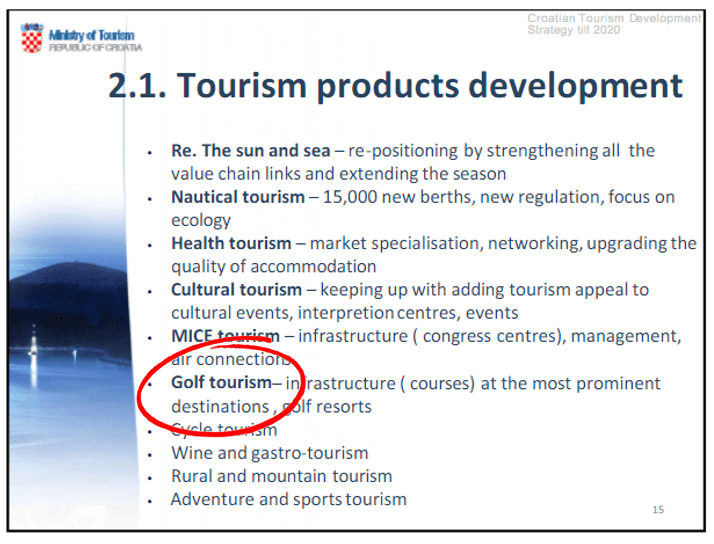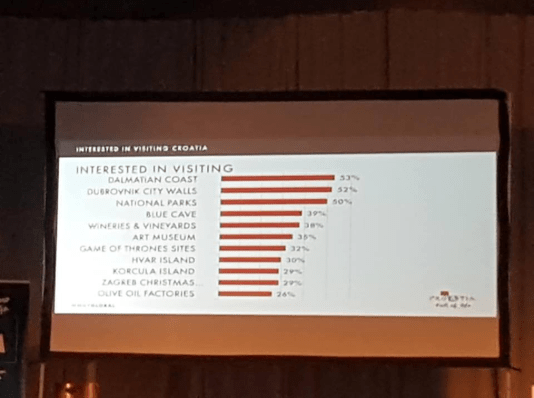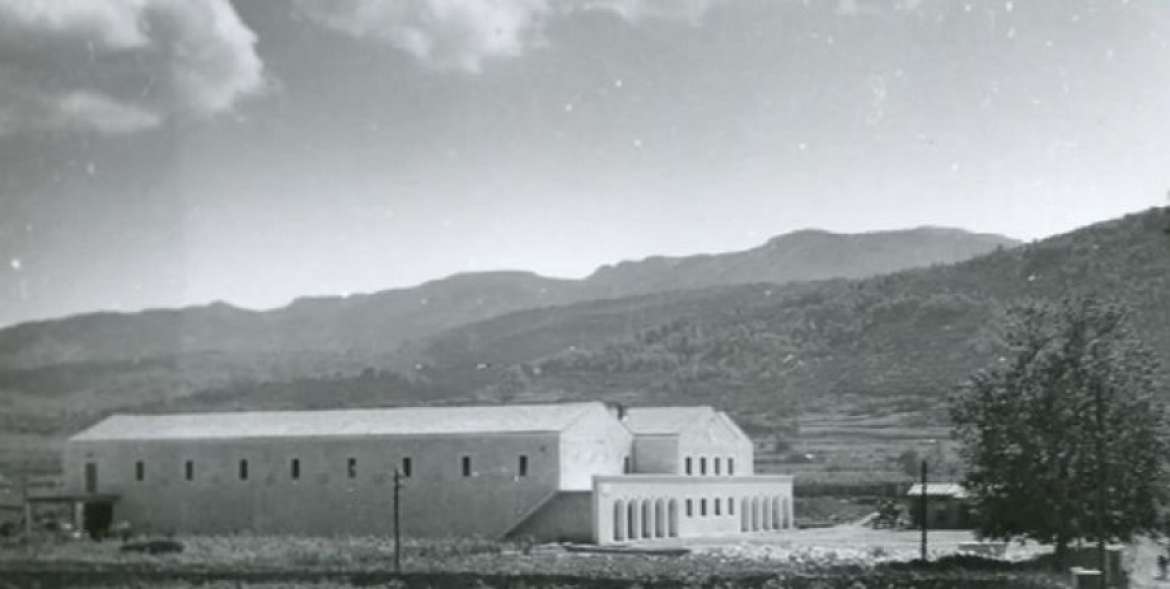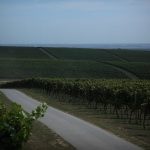Summer is coming to an end and the first day of the new school year is just around the corner.
It has been yet another eventful year for Croatian tourism, with plenty of debate, from cruise ships to statistics, celebrity visitors to what to do on those increasing rainy days.
I divided most of my summer between Jelsa and Varazdin, and it was a really fascinating exercise watching the tourism season progress in Jelsa, especially as what I saw on the ground seemed to have little correlation with those impressive statistics that were being pumped out.
But more interesting to me was how little of the content the destination was actually being used productively, and a strong available brand was also left unused. I put my musings on the future direction of Jelsa tourism into Some Simple Steps to Improve Jelsa’s 2-Star Strategy on Hvar.
But it is not just Jelsa. With the bad weather earlier this summer, Google searches on TCN for “what to do on a rainy day in… (supply destination)” went through the roof. Take the sun and sea out of the equation, and what is there left to do?
The fact is, there is SO much to do in Croatia, but you have to look a little deeper, as the Kings of Accidental Tourism are not very good at bringing the information and attractions to tourists. As I said in a recent interview for Balkan Insight, Croatia is the most content-rich destination I know, but tourists really struggle to find that content at times.
Take one simple example – wine.
Going back to Jelsa for a moment, none of the locals could tell me what Jelsa’s tourism brand was, despite the fact we are in the 108th year of tourism in the town. As an outsider, the answer is brutally obvious. Jelsa is historically (and currently) the most important wine town in Dalmatia, so let’s make part of its brand the wine capital of Dalmatia. Coupled with Jelsa’s great lifestyle and safe, family-friendly destination, a brand such as Relaxed Family Lifestyle in the Dalmatian Wine Capital immediately gives Jelsa more of a personality and points of interest that the current non-brand.
It is crazy to me that the majority of tourists coming to Hvar, for example, have no idea that Hvar is a famous wine island. And not just Hvar – the level of understanding of one of Croatia’s greatest assets is still minimal.
But not surprising. After Anthony Bourdain told the world about Croatia’s world-class wine, world-class food and world-class cheese, what has been done to present the Croatian wine story and make it accessible to tourists?
Where, for example, is the Croatian wine museum that can tell the incredible Croatian wine story, offer tasting experiences, and provide great entertainment on a rainy day?
There is actually a Facebook page called Wine Museum in Croatia – based in New Zealand. It introduces itself thus:
Upon the initiative of the Croatian winemakers from California and New Zealand in 2009 and 2010 there was a wish to establish the wine museum of Croatia…
A long way from Croatia.
A museum of viticulture and winemaking did open in July on the Peljesac Peninsula, but apart from the initial press release, there seems to be no more information in English or Croatian. There is a Facebook page, which I can no longer find, with 84 likes.

And yet, the Bourdain appreciation aside, wine and gastro-tourism are at the heart of the 2013 – 2020 strategic plan of the Croatian Ministry of Tourism.
What exactly has been achieved in the last 6.5 years?
There is still no wine road for Dalmatia, surely an essential ingredient for wine lovers wanting to explore. When I asked the Ministry of Tourism press department, they claimed that this was not true, and that there were several wine roads in Dalmatia, including the wine road of Biokovo – a beautiful mountain, but not one blessed with award-winning grapes. Or winemakers at all.
Last year, I tried to find the wine roads of Croatia through official channels, something that one would expect to exist in a tourism country with wine at the heart of its 7-year strategy. The very helpful Croatian National Tourist Board press department conceded that while such a thing did not exist (why not, I asked myself), they would try and get the information. And, for the most part, they did. Kind of. Over a few emails, I was forwarded the results of most – but not all – regional tourist board answers with lists of wine areas in their territory. If I had been a wine journalist researching Croatia for the first time, I would have been embarrassed. Having lived here for many years, I was not surprised. And one only has to look at another former Yugoslav republic – Macedonia – to learn that presenting ones wine credentials internationally is possible as we discovered in Lessons from Macedonia: How Croatia Can Learn to Market Wine.

The lack of coordinated promotion of Croatia’s wine story is all the more odd as it is one of the most sought-after things of interest (number 5 after the Dalmatian coast, Dubrovnik walls, national parks and Blue Cave) for the American market, which is one of the top priorities for our tourism chiefs.
So why not give them the content that they are craving?
Why not do something constructive and concrete rather than writing meaningless reports and strategies? The current 7-year plan which started in 2013 envisages 30 golf courses by next year, for example – so far not only have none been built, none have even been started or received permits. But the Ministry managed to participate in two out of the three planned golf tourism conferences this year.
So why not give tourists what they so desperately looking for – content? Why not build (or convert – there are SO many amazing buildings which could be used) not one but four wine museums in each of the main Croatian wine regions of the country – Dalmatia, Istria and Kvarner, Slavonia, and the Plesivica, Zagorje and Medjimurje area? Keep the core content similar, but with detailed focus on that particular region, so that visitors can learn and be tempted to try the local wines, as well as having more of an idea of what to look out for later in their holiday.
Imagine a wine museum which had the following:
The timeline of the Croatian wine story, which dates back thousands of years.
A detailed look at at least some of the 130 indigenous grape varieties that make this country stand out.
A section on the story of the original Zinfandel.
A section on the 1976 Judgment of Paris and the Mike Grgich story.
A section on the international winemaking stars of Croatian descent.
A history of the winemaking process in Croatia, with appropriate materials from the past.
A section on the particular region where the museum is located – wine road, notable winemakers, grape varieties, regional history.
A tasting room, of course, where guests can learn more about the region with various themed presentations.
A shop (and online shop) where wine and other souvenirs can be purchased.
It could be a great promotional tool for gourmet tourism in Croatia, as well as an excellent destination for those rainy days.
And at least we would be telling tourists about one of the treasures of Croatia that we keep complimenting ourselves on. In order for others to get the message, you have to give them some content.

I am sure that there would be EU funds available. As for locations, the Stari Grad winery on Hvar has just been returned to the town. Located on the edge of the UNESCO World Heritage Site, the Stari Grad Plain, it would be an outstanding location.
Let’s give our visitors a world-class wine tourism experience to go with Bourdain’s world-class wines.
Learn more about Croatia wine with the Total Croatia Wine in a Page guide.










